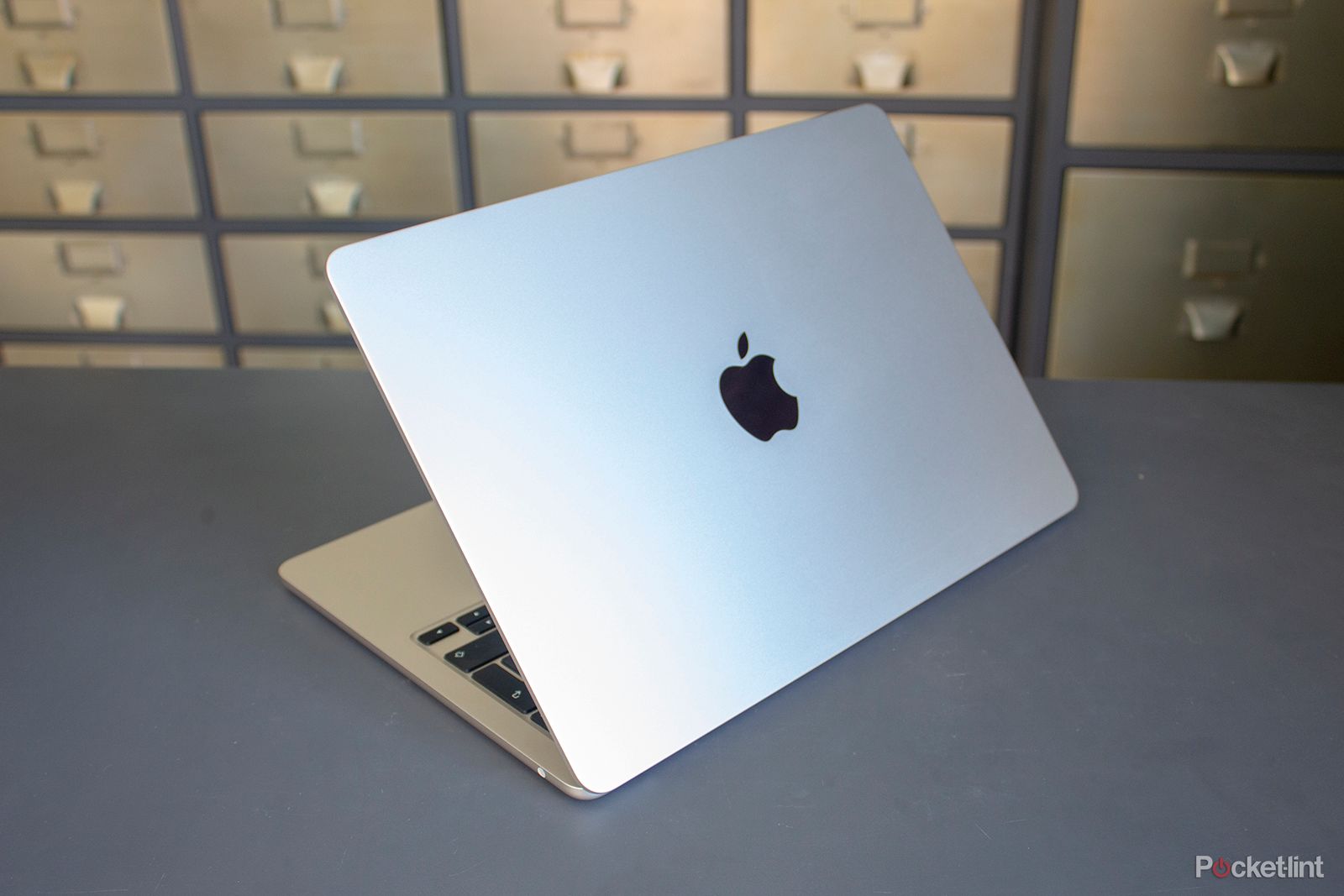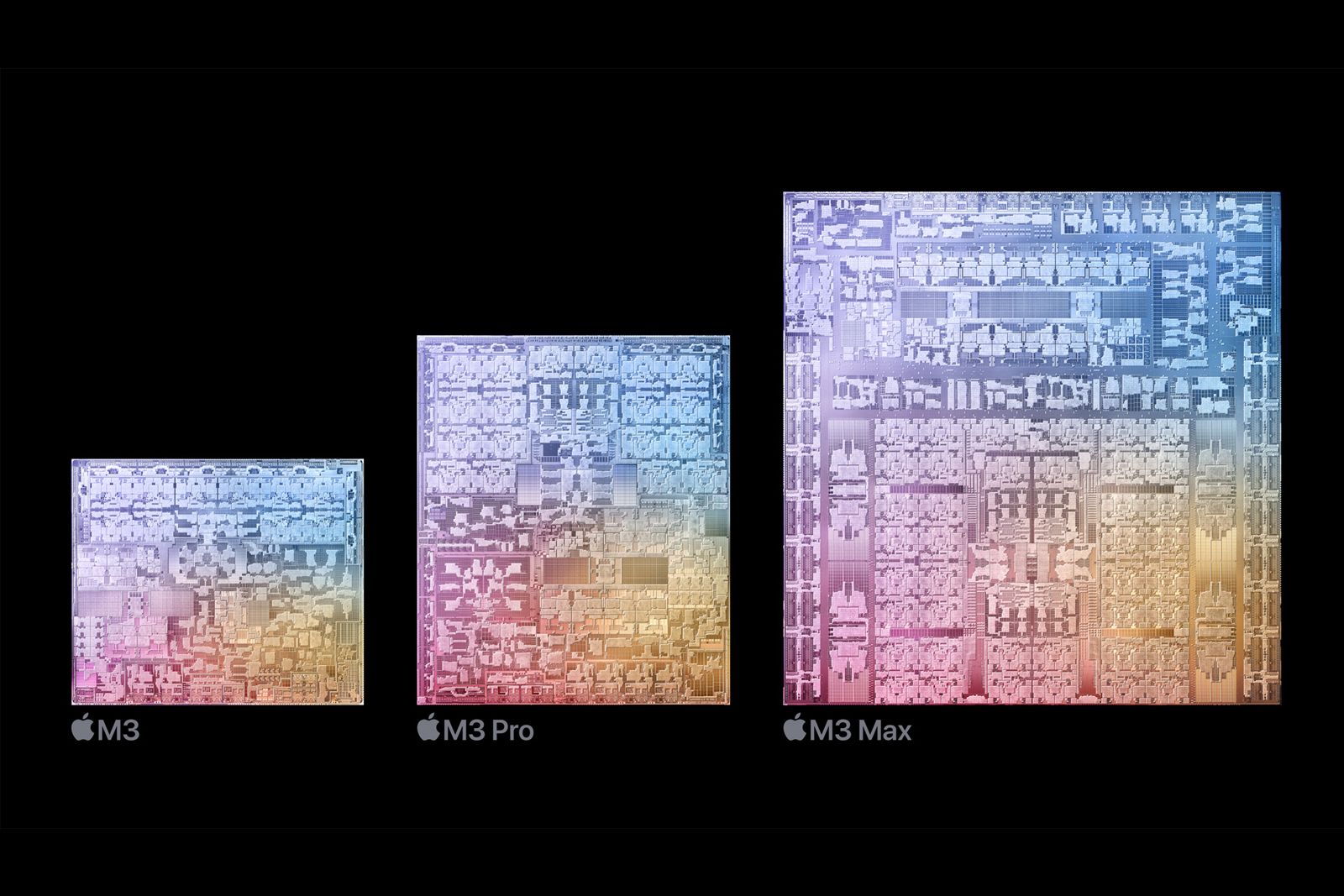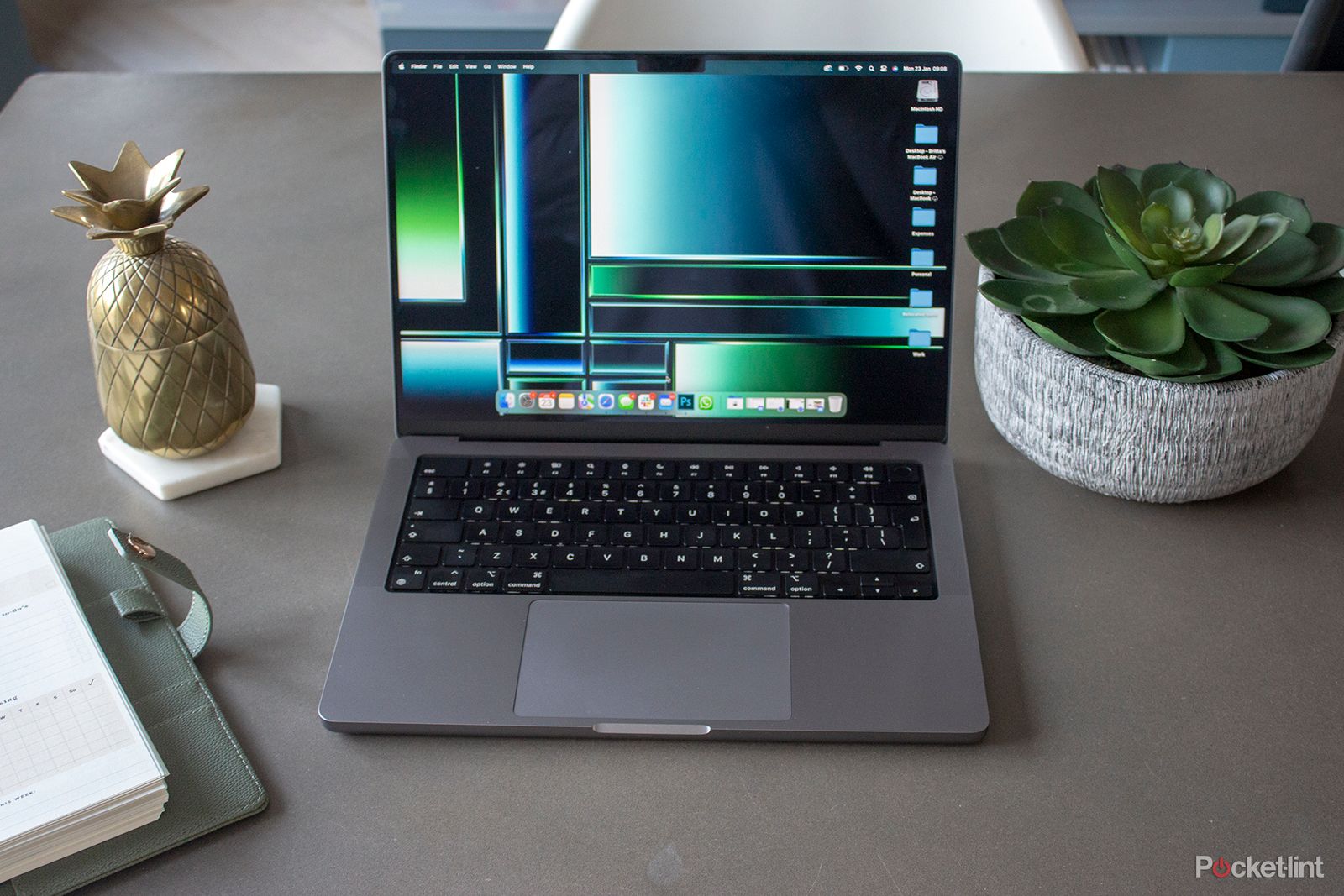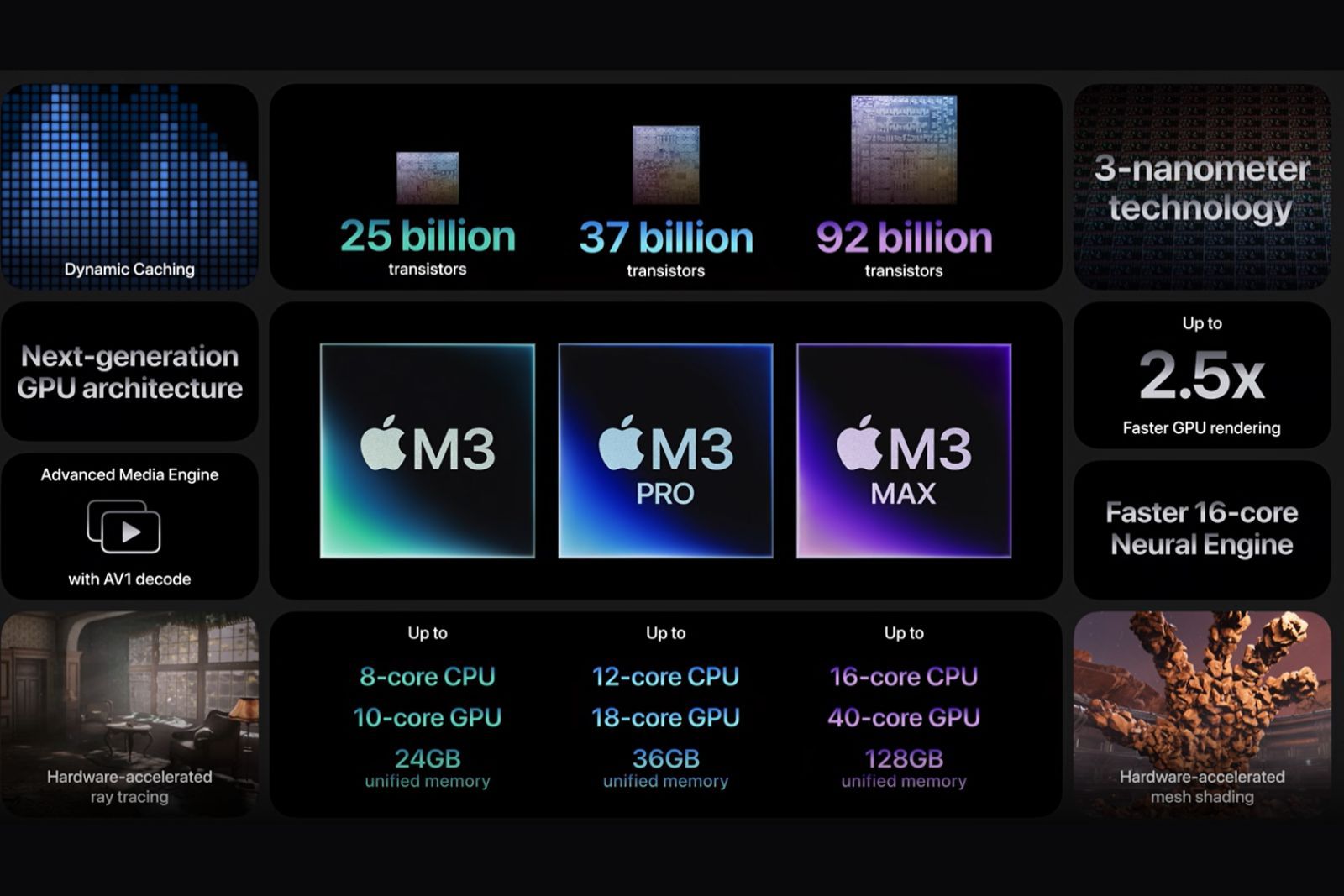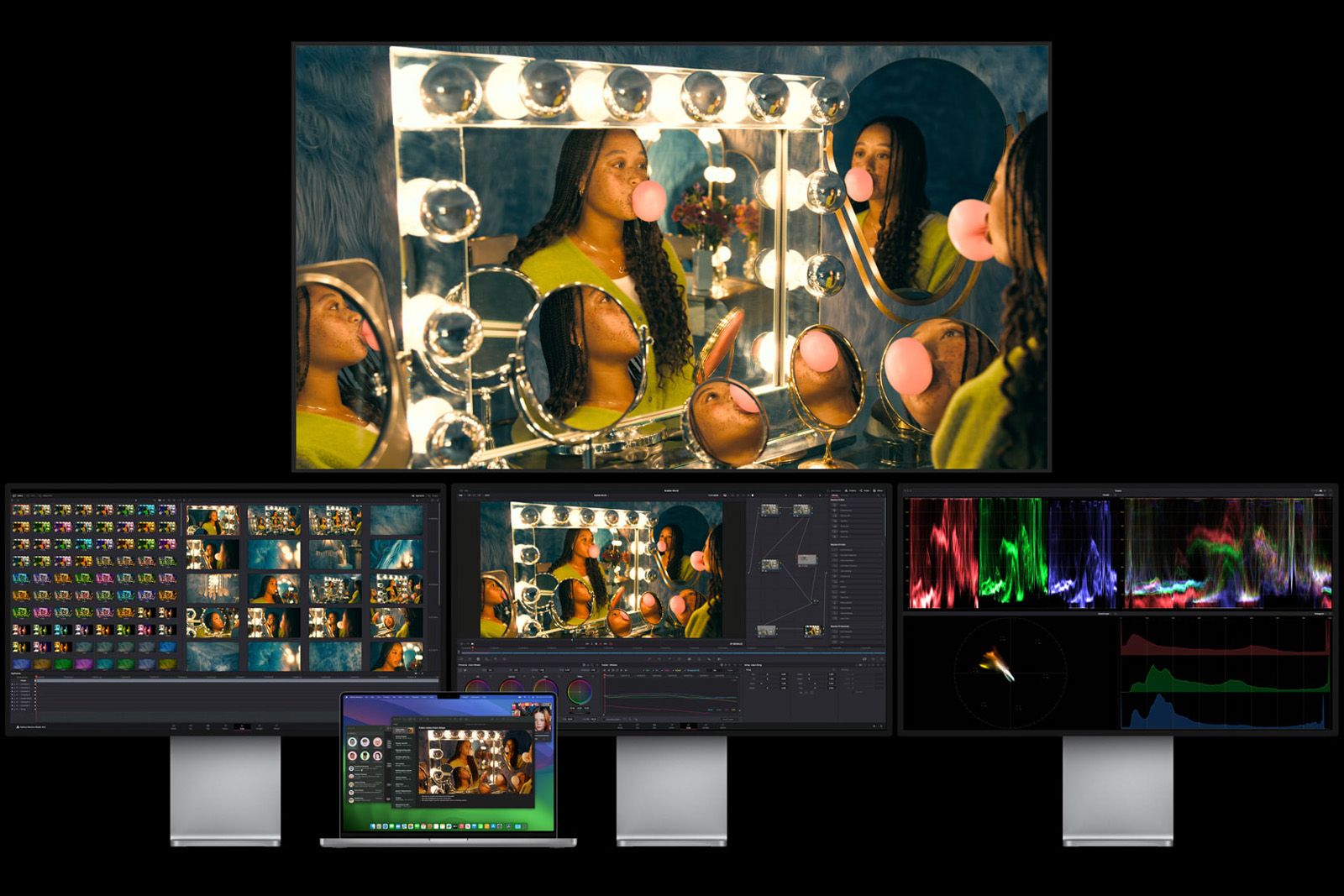We usually remember Apple events because of all the devices that the company introduces. New iPhones, new Macs and iPads – that’s usually the talk of the town.
However, for a few years now, Apple has also produced its own system-on-chips (SoCs). It made quite a splash when it came to market, boasting great performance and unrivalled energy efficiency.
That’s when people started getting interested not only in the company’s devices but also in the brains of their hardware. Apple Silicon has brought such a wave of innovation to the CPU space that it made even technical processor news exhilarating.
With the release of the newest generation of Apple processors, the surrounding hype is once again at an all-time high. That’s why we are checking out all the changes that Apple made compared to the previous generation. Is Apple’s M3 chip better than the older M2? Here’s everything you need to know about the differences between these SoCs.
Where can I get M2 and M3 processors?
During the Scary Fast event on 30 October 2023, Apple unveiled its lineup of new M3 processors that will be powering the future Macs. Of course, the whole event did not focus solely on the new chips – Apple also presented new hardware that will be equipped with these shiny new SoCs.
Keep in mind that M3 chips, much like their predecessors, come in three variants (with one more to come in the future). They are the regular M3, M3 Pro and M3 Max, with varying numbers of CPU and GPU cores based on the same architecture. M3 Ultra is not yet available, but we’re expecting it to hit the shelves together with the refreshed Mac Studio sometime in 2024.
For now, there are only a handful of products that are available with the newest processors. As is customary, Apple will gradually introduce the new chip to more devices, so if your favorite form factor isn’t on the list, you’ll simply have to wait a bit longer for the new SoC to trickle down to it.
Right now, these are Apple products that you can buy with the newest M3 processor:
As you can see, for now, the list is a bit short when compared to the availability of the older M2. Here are all the devices that come equipped with an M2 chip:
- MacBook Air 13″
- MacBook Air 15″
- Mac mini
- Mac Studio
- Mac Pro
Keep in mind that most of these will probably be updated to an M3 version soon, so the lengths of these lists should change rather quickly.
Apple M2 vs. M3 – specifications
Now that we know which machines have these chips, let’s compare their specifications.
The biggest underlying generational change between these two chips is the new silicon manufacturing process. Apple’s M2 was manufactured using TSMC’s 5nm node, while the new M3 uses a cutting-edge 3nm process.
This is extremely significant, as shrinking the node means that you can cram more transistors into the same volume, effectively making the processor both more power efficient and more powerful. When comparing M3 to M2, the former has 25 billion transistors, while the latter – 20 billion.
Of course, a smaller manufacturing process is not the only thing that Apple changed with the M3 chip. The company also created a completely new architecture for its new GPU, which not only brings new (and much-needed) features but is also supposedly responsible for higher-than-ever graphical performance improvement. It relies on what Apple calls Dynamic Caching, which allocates system memory to the GPU in real-time, while traditionally, this allocation was done prior to the task that the GPU was handling.
There are also improvements to the Neural Engine in the M3 chip. Apple claims that it dramatically increases the performance of AI-related tasks. Apple compared its performance to the M1 chip, claiming that the M3 is 60 per cent faster. As M2’s Neural Engine was supposed to be 40 per cent faster than M1, the difference between the two is not as huge as between M1 and M2, but still significant.
With the M3 family, Apple is changing things up a little when it comes to core counts on its higher-powered variants. Here’s a breakdown of all the offerings:
Apple/ Pocket-lint
- Standard M3 is equipped with an 8-core CPU (4P cores + 4E cores) with an 8-core or a 10-core GPU. That’s the same configuration as the M2.
- M3 Pro comes equipped with up to 12-core CPU (6P/5P cores + 6E cores) and up to an 18-core GPU. M2 Pro came with a 12-core CPU (8P cores + 4E cores) and a 19-core GPU.
- Finally, M3 Max comes with 16 CPU cores (12E cores + 4P cores) and up to 40 GPU cores. M2 Max had 12 cores (8P cores + 4E cores) and up to 38 GPU cores.
What’s more, M3 shakes things up when it comes to system memory. The highest configurations of both M3 Pro and M3 Max will support more RAM than their predecessors. M2 Max was available with at most 96 GB of RAM, while M3 Max will be sold with up to 128 GB of memory. M2 Pro came in with at most 32 GB RAm, while M3 Pro takes it up to 36 GB. The standard M3 will be equipped with the same memory configuration as M2 – from 8 GB up to 24 GB of RAM.
What are the new features of Apple’s M3 chip?
With the new processors and a new architecture come some long-awaited improvements to Apple’s hardware. This year, the GPU was undoubtedly the star of the show, as Apple has come up with quite a few new features to add to it.
The first one we’ve already mentioned – it’s Dynamic Caching. This allows the GPU to allocate system memory for its tasks in real life, making memory-intensive tasks – such as rendering graphics or videos – much faster and more efficient, with less lag.
However, that’s not all the big changes. Because of the completely new GPU architecture, Apple has finally equipped its GPU with hardware-accelerated ray tracing. This means that the company’s GPU will finally be able to run the newest games with all the graphical bells and whistles enabled.
There is one more huge improvement. Apple’s new GPU also supports mesh shading – a (relatively) new shading technology that most new games today are switching to. This shows that Apple is starting to take its gaming crowd seriously, enabling features that are core to the experience on PC.
Is Apple’s M3 faster than M2?
With all the specs and changes out of the way, it’s finally time to ask – what are the performance gains that Apple introduced with the M3? On paper, Apple’s numbers do look impressive, although, as always, their graphs are quite vague. We will, of course, have to verify them once our reviews are done.
There is also one more problem. Apple itself compared the M3 not to its predecessor, the M2, but to the first Apple Silicon – the M1. It was probably done to make the numbers look even better, but also because the iMac never got the M2 upgrade.
Apple/ Pocket-lint
Anyway, let’s get to the CPUs first. Overall, Apple says that M3 performance cores are around 15% faster than M2 performance cores, while their new efficiency cores are up to 30% faster than the predecessor. This might give you a general idea of what kinds of improvements to expect.
According to Apple, the new M3 is 35% faster than the M1. We know that last year, Apple claimed that the M2 is 18% faster than the M1, so there is quite a bit of an improvement there.
M3 Pro is next, and Apple claims that it’s 40% faster than the M1 Pro. This would again mean a similar improvement over the M2 Pro of around 20%.
Finally, we get to the M3 Max. Here, the situation changes, as both M1 Max and M2 Max were 12-core chips, while M3 Max sports 16 cores. There were no concrete numbers here, but performance gains should be higher than with M3 Pro and M3.
Apple/ Pocket-lint
However, the most impressive improvements are visible in the GPU department. More cores, new architecture and a newer manufacturing process surely benefited Apple, as the company seems to have hit the mark with the new GPUs – at least based on their numbers.
The new M3’s 10-core GPU is expected to be even 65% faster than M1 in performance, so well above 25% faster than the M2.
The story is a bit different with the M3 Pro. Its GPU cores are indeed faster, but there are fewer of them – one less than in M2 Pro. This translates to a 40% improvement over the M1 Pro and around 105 higher performance than the M2 Pro GPU.
Finally, there are the big guns – the M3 Max. Apple claims that this is the biggest jump in performance, offering up to 80% faster rendering than the M1 Max. M2 Max was supposed to be around 30% faster than the M1 Max, so this is indeed quite a leap.
When will the M3 chip be released?
Even though Apple announced their new chips and computers during the Scary Fast event on 30 October, they were not immediately released. The company chose to give itself a bit of time to collect pre-orders, which you can already place on the Apple website.
The new machines with the M3, M3 Pro and M3 Max will be released globally on 7 November. That means the new iMac, MacBook Pro 16″ and 14″.
Trending Products

Cooler Master MasterBox Q300L Micro-ATX Tower with Magnetic Design Dust Filter, Transparent Acrylic Side Panel, Adjustable I/O & Fully Ventilated Airflow, Black (MCB-Q300L-KANN-S00)

ASUS TUF Gaming GT301 ZAKU II Edition ATX mid-Tower Compact case with Tempered Glass Side Panel, Honeycomb Front Panel, 120mm Aura Addressable RGB Fan, Headphone Hanger,360mm Radiator, Gundam Edition

ASUS TUF Gaming GT501 Mid-Tower Computer Case for up to EATX Motherboards with USB 3.0 Front Panel Cases GT501/GRY/WITH Handle

be quiet! Pure Base 500DX ATX Mid Tower PC case | ARGB | 3 Pre-Installed Pure Wings 2 Fans | Tempered Glass Window | Black | BGW37

ASUS ROG Strix Helios GX601 White Edition RGB Mid-Tower Computer Case for ATX/EATX Motherboards with tempered glass, aluminum frame, GPU braces, 420mm radiator support and Aura Sync


